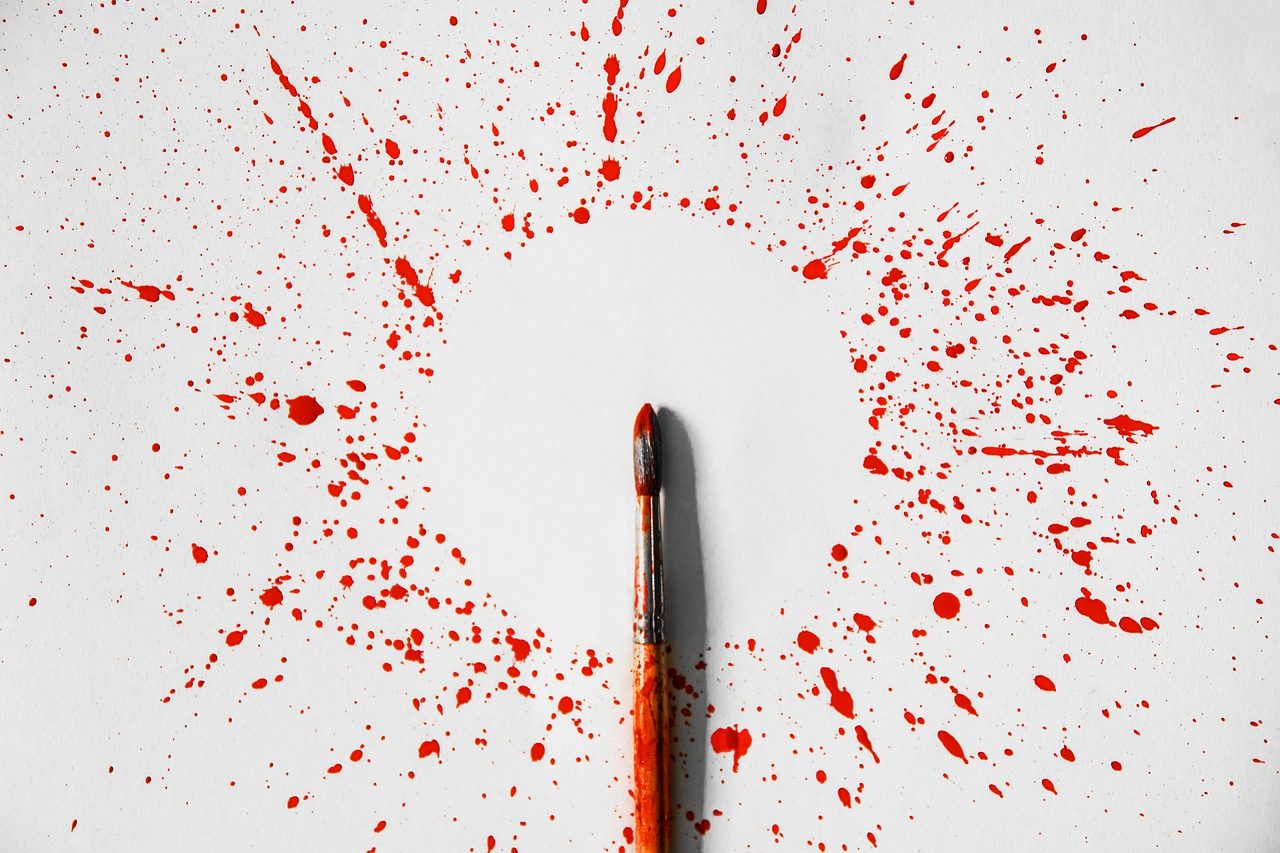Our dedication lies not just in treating symptoms but in addressing the root causes, offering a holistic approach that integrates the best of therapeutic practices with the warmth of community support.
A Canvas for Self-Discovery: Art Therapy for Addiction Treatment

Pablo Picasso said that “art washes from the soul the dust of everyday life.” Art therapy for addiction can wash away the dust created by addiction to reveal the pain that lies beneath so that the healing process can begin.
The American Art Therapy Association defines art therapy, which has been in use in the United States since the 1950s, as “an integrative mental health and human services profession that enriches the lives of individuals, families, and communities through active art-making, creative process, applied psychological theory, and human experience within a psychotherapeutic relationship.” Its foundation as a creative means of self-expression can help people:
- Reduce stress and anxiety
- Cultivate emotional resilience
- Work through traumatic events
- Manage grief
- Develop confidence
Art therapists are trained in both art and therapy. The process isn’t an art class; rather, as noted by the Association, it is grounded in the knowledge of human development, psychological theories, and counseling techniques. It can be incorporated into mental health treatment for all ages, from small children to older adults, in individual and group therapy.
For those in treatment for addiction, research1 indicates that art therapy can:
- Decrease denial
- Reduce opposition to treatment
- Provide an outlet for communication
- Lessen shame
- Motivate change
Art Therapy for Addiction Treatment at Encore
In my work as a therapist at Encore providing art therapy for addiction treatment, integrating art into psychodynamic, analytical therapeutic modalities gives me a tool to use with patients to explore the subconscious and bring challenges, pain, or trauma to the surface where we can deal with it together. By using a variety of artistic techniques, including drawing, painting, photography, sculpture, even movement, I can help the patient access memories and feelings and engage with those experiences as a step toward their recovery. Art therapy is also a useful modality for group therapy, providing a means for everyone in the group to connect on a deeper emotional level in a non-threatening way that builds group cohesion.
A Revealing Therapeutic Tool
Asking patients to create artwork can be stressful for them at first. Like many of us, they are concerned about producing something that is visually appealing, but art therapy focuses on the process and the feelings the art brings up, rather than the quality of the artwork. When patients begin to look for what the art is revealing to them, they open a window into their subconscious. The important thing to remember is that the patient is always the expert in their art. As an art therapist, I simply help guide them to make connections and draw conclusions that are true for them, rather than “analyzing” the art and telling them what their artwork means. I keep each patient’s artwork in a portfolio so we can revisit it later, which can bring new insight and perspective on the issues we are working through in their therapy.
For example, I often ask patients to create a series of trees, with each tree representing phases of their life from childhood through the present. Then we put them up on the wall and look at them in sequence. What the tree looks like, how full it is, what else is in the picture, and what is not in the picture all provide fodder for exploration of meaning to the patient.
Fostering Group Connection and Interdependence
Another exercise when utilizing art therapy for addiction treatment, “create, destroy, transform,” is particularly powerful in a group setting. Patients create an image of how they see themselves when they were using drugs or alcohol. I ask them to rip those images up and use the pieces to create an image of themselves as they are in the present. The ensuing discussion creates a communal space in which each person can be seen at their most vulnerable and then at a time when they are gaining resilience and confidence. It’s powerful to witness the foundation of trust that this exercise can create.
Another community and trust building exercise I often use is to ask group members to create an image of themselves as a house. Then we discuss what would be needed for all of these houses to function as a neighborhood. How would each need to be adapted and what would enable connection? As we answer those questions, patients begin to see what they need to create a healthy life in recovery, how having a supportive community can help them, and what they can offer to that community.
Art therapy for addiction treatment offers people a safe and illuminating space for self-exploration that goes beyond rational thought and the defenses thrown up by the mind to work through their histories, beliefs, and fears, clearing the dust so that they can see a path to change.
- Aletraris, L., Paino, M., Edmond, M.B., Roman, P.M., Bride, B.E. The use of art and music therapy in substance abuse treatment programs. J Addict Nurs. 2014 October; 25(4): 190–196. doi:10.1097/JAN.0000000000000048.
Let Us Support You On Your Recovery Journey!
Copyright 2025 Encore Outpatient Services | All Rights Reserved



